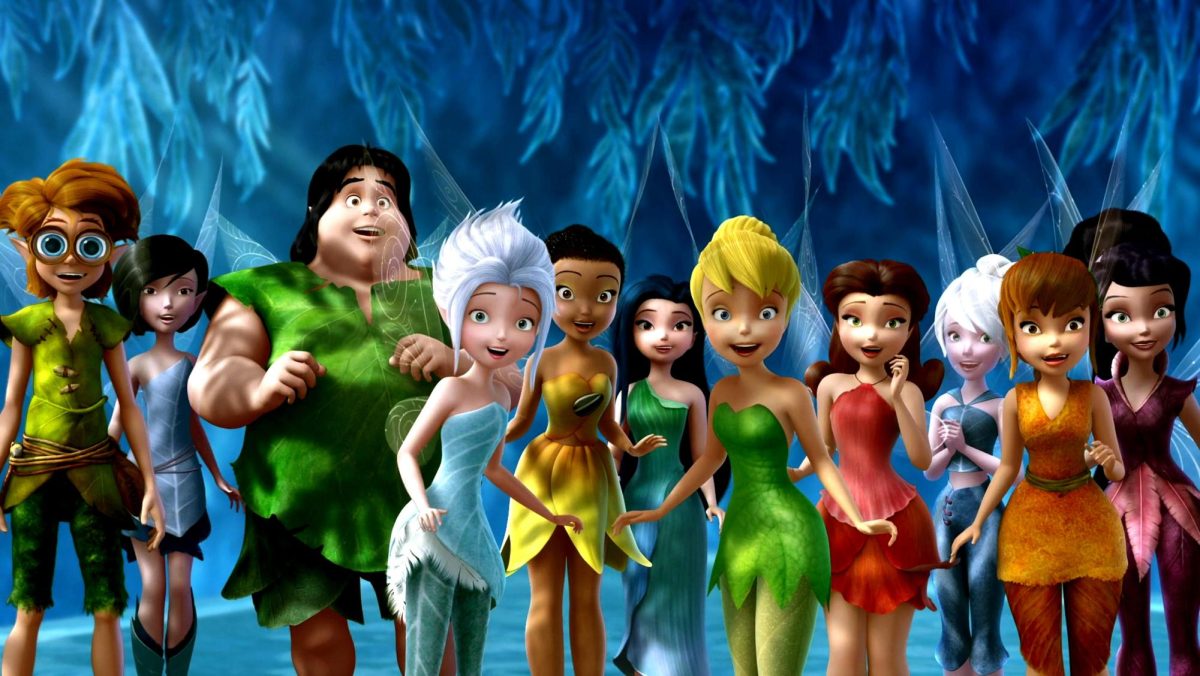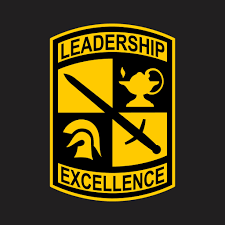Tarot cards are a unique deck of cards used for the occult. While some tarot decks (tarot pronounced “tairoh” are used for playing games, divination is the cards’ primary purpose. Tarot cards have been used to query the beyond since the 1750s, over 270 years ago. The deck itself has changed over the years. The final deck we use now, created by the French occultist Etteilla, was designed around 1789. The cards were based on the Book of Thoth, texts written by the Egyptian god of knowledge and writing.
The cards are divided into two parts, the Major and Minor Arcana, meaning greater and lesser secrets. The Major Arcana consists of 22 cards, numbered with roman numerals from I to XXI, with an additional card (the Fool) often unnumbered. The Minor Arcana consists of 56 cards, and are like regular playing cards. There are 4 suits, Cups, Swords, Wands, and Pentacles. Each often has other names. Wands are also called batons, rods, or staves, and pentacles are also called coins or disks. They have ten numbered cards along with the Court, consisting of the King, Queen, Knight, and Page/Jack.
So, how are these cards used for divination? There is a multitude of ways, each with different goals. Most broadly, each card has its own meaning. The tarot reader deeply learns these meanings. For a reading, the reader lays out a spread, in which cards are placed (usually) face down in some configuration on a flat surface. Each card is assigned some meaning, which is connected with the meaning of the card itself. All put together, this forms a reading.
The procedure is independent of each reader, but generally goes:
- Blessing / Respecting the cards: A certain amount of respect is expected for the cards. Placing them in a particular container, setting them out under moonlight or crystals, and asking questions politely during a reading are all suggested to keep good energy for the cards.
- Shuffling / Asking the cards: When one begins a reading, you take out the cards, ask them your question (or the question of the one getting the reading, also known as the querent), and shuffle the cards. This can be done in a lot of ways. You could ask aloud, or simply concentrate on it, or both. For shuffling, you could do the classic shuffle, or you could spread the cards out and mix them.
- Laying the cards: Next, you pick out a certain amount of cards and arrange them face down in a specific configuration. The configuration, or spread, can be however you wish. There are many common spreads, such as the ten-carded Celtic cross. There is the easier future-past-present spread, but the possibilities are endless. For instance, you could keep it simple and do a daily one-card draw.
- The Reading: Now, the reader flips the cards over, one by one in order, elaborating the cards and their meaning in that position, along with building up an overall message from the sum of all the cards. There are countless styles for this.
- Concluding: Once the reading is complete, the tarot reader collects the cards, thanks them for their help, and places them back where they are kept.
So, what are the meanings of the cards? Each card has a deep, intricate meaning, that can even be individualized to the tarot reader’s experiences, and the experiences of the querent. Most broadly, the Major Arcana represents a grand story, but they can stand in for almost anything, including people or personality traits. The Major Arcana are as follows: (each is a link to a Wikipedia article with a brief description of the card)
- The Magician – I
- The High Priestess – II
- The Empress – III
- The Emperor – IV
- The Hierophant – V
- The Lovers – VI
- The Chariot – VII
- Strength – VIII
- The Hermit – IX
- Wheel of Fortune – X
- Justice – XI
- The Hanged Man – XII
- Death – XIII
- Temperance – XIV
- The Devil – XV
- The Tower – XVI
- The Star – XVII
- The Moon – XVIII
- The Sun – XIX
- Judgement – XX
- The World – XXI
- The Fool
The Minor Arcana have less independent meaning, but through the system, very complex meanings emerge. The four types are: (Again, Wikipedia articles)
- Swords: Masculinity, intellect, sorrow, misfortune, Air, and spades
- Wands: Will power, Fire, energy, spirituality, inspiration, and strength
- Pentacles: Possessions, wealth, worldly matters, Earth
- Cups: Emotions, love, Water
For each of these, they have numbered cards 1 thru 10. The numbers have general meanings with combine with the suit into complex meaning
- Ace: Beginnings
- 2: Duality, pairs, opposites
- 3: Growth, groups, completion
- 4: Manifestation, disappointment, stability
- 5: Conflict, change
- 6: Harmony, reconciliation
- 7: Reevaluation, knowledge
- 8: Achievement, change
- 9: Attachment, Transition
- 10: Reflection, culmination, rest
In addition to this, each suit has four court cards, composed of a King, Queen, Knight, and Page. The meanings are:
| King | Queen | Knight | Page | |
| Cups | Emotional maturity, diplomacy | Love, kindness, care | Romance, follow your heart | Idealism, news |
| Swords | Logic and structure | Hope, clarity, support | Bravery and confrontation | Focus, progress, loyalty |
| Pentacles | Enterprise and abundance | Security and balance | Determination, hard work | Ideas, confidence, fairness |
| Wands | Bravery and innovation | Passion and sensuality | Adventure, changing things up | Enthusiasm, hope, good news |
Of course, there is a lot to each card. This is what the tarot readers learn after a lot of experience and practice. Anyone can be a tarot reader with enough belief and dedication! There are plenty of guides and info online, so it is pretty easy to learn.
Sources
Tarot Court Cards – How To Read Them Like a Pro
The Court or Face Cards
Various sources from https://en.wikipedia.org/wiki/Tarot




































